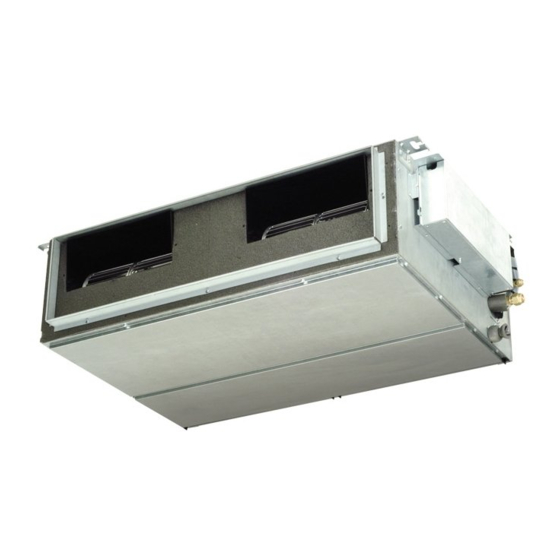Table of Contents
Advertisement
• INSTRUCTION MANUAL
• MANUAL DE INSTRUCCIONES
• MODE D'EMPLOI
• BEDIENUNGSANLEITUNG
SAP-XRV96EH
SAP-XRV126EH
SAP-XRV186EH
This air conditioner uses the new refrigerant R410A.
Save These Instructions!
Guarde estas instrucciones
Conserver ce mode d'emploi
Bewahren Sie bitte diese
Bedienungsanleitung auf.
Pub. OI-37.4196.127.0
SAP-FRV96EH
SAP-FTRV126H
SAP-FTRV186EH
SAP-FTRV246EH
© SANYO 2010
Inverter-Controlled
Split System Air Conditioner
Acondicionador de aire de dos unidades
controlado por invertidor
Climatiseur de type séparé contrôlé par
inverseur
Splitsystem-Klimagerät mit Inverter-
Steuerung
SAP-URV96EH
SAP-URV126EH
SAP-URV186EH
SAP-URV246EH
COOL/DRY/HEAT Model
Advertisement
Table of Contents











Need help?
Do you have a question about the SAP-URV246EH and is the answer not in the manual?
Questions and answers